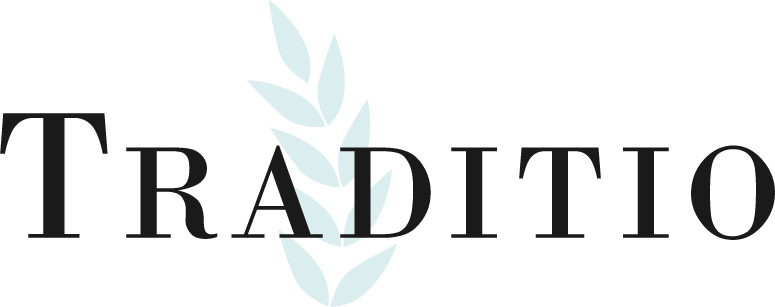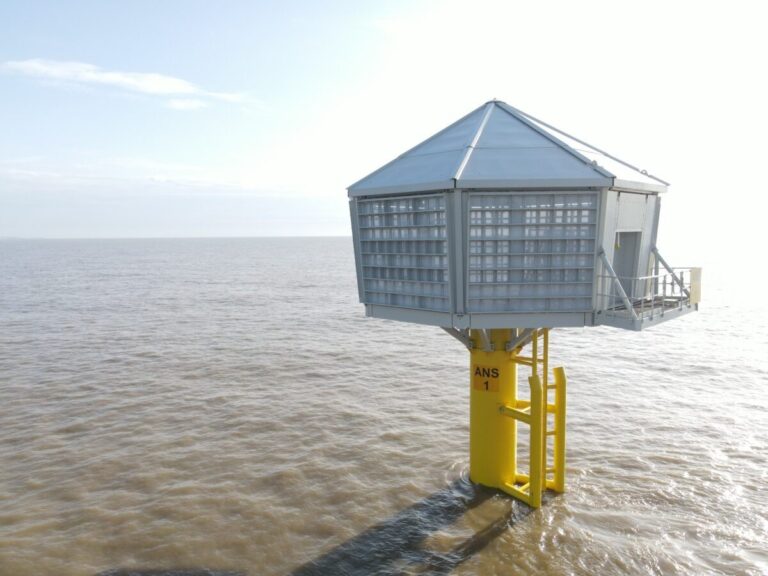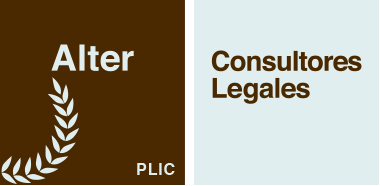The number of species in danger of extinction is alarming. Undoubtedly, there are many factors involved, but one of the most important in recent decades has been, and continues to be, human action. This problem affects practically all ecosystems, including marine ecosystems, where we find all types of species.
One of those that has been affected in recent times is the small kittiwake(Rissa tridactyla), a seabird species found in the North Atlantic. Today, as a consequence of the pressure exerted on its habitat, pollution and overfishing, it is classified as vulnerable by the IUCN.
In view of this situation, and in an attempt to help their survival, interesting projects are being carried out. One of these is developed by Danish company Ørsted and marine engineering firm Red7Marine, who have successfully installed three artificial nesting structures on the east coast of England to provide a home for these endangered gulls and other flying species. But not only that, but these structures, at the same time, fulfill another function: to produce clean and renewable energy.
 The team that participated in the Red7Marine installation
The team that participated in the Red7Marine installation
One kilometer from the coast
The structures, which are located between 1 and 1.4 kilometers from the coast, are designed to attract seagulls, which tend to nest on cliffs. The structures have eight sides and are painted white to blend in with the sky and sea. Seven of the eight sides have nesting chambers, while the remaining side has doors to facilitate emergency access.
The installation of the structures was carried out by Red7Marine using two floating barges from its fleet. The installation process took several days and was carried out with the help of a team of ecologists, architects and engineers. In addition, the technical team will monitor the number of aidan gulls and their status, sharing this information with local conservation organizations, such as the Lowestoft Kittiwake Partnership.
 Red7Marine installation process
Red7Marine installation process
Minimal environmental impact
These structures are part of a larger project known as Hornsea 3, an offshore wind farm that Ørsted is developing off the east coast of England. The Hornsea 3 project has a generating capacity of up to 2.85 GW and is expected to produce enough clean energy to power 3 million homes in the UK.
The installation of the artificial nesting structures is an example of how offshore wind energy can coexist with wildlife. Ørsted is committed to minimizing the impact of its projects on the environment and finding ways to create a more sustainable future for all.
The installation of artificial nesting structures is an example of how wind energy can coexist with wildlife. And in fact, these structures are designed to be attractive to birds and to minimize their impact on the environment. “The artificial nesting structures were designed by a team of ecologists, architects and engineers to ensure that they are attractive to nesting gulls and fit in with the landscape. The main structure is off-white to blend in with the sky and the sea,” says Red7Marine.



